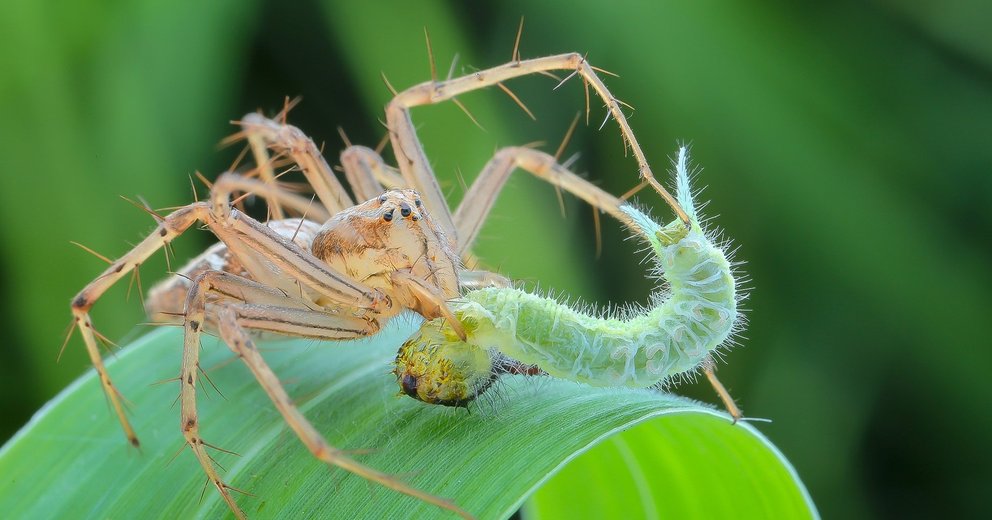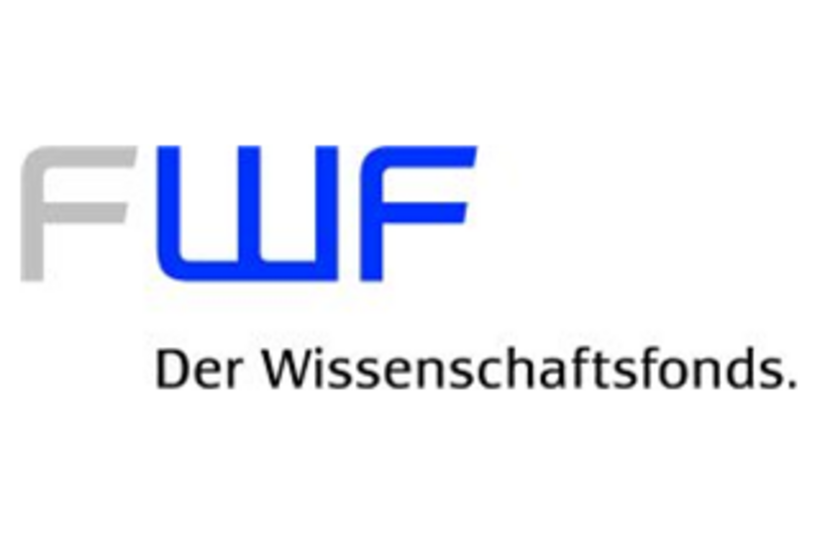
Assessing food web dynamics to improve biocontrol of pests
To make future food production sustainable we need to reduce the input of agricultural chemicals - for example - by supporting ecosystems services such as biological control. This service employs natural enemies to control pest and is an alternative to pesticide use. However, despite that biological control has the potential to drastically reduce many of the negative impacts agricultural management have had on diversity, we so far often fail to manage the reliability of this service.
A part of this failure could be attributed to that we until now have had a very poor understanding of the turnover of events that occur within the natural enemy community throughout the season. But also; to that many of natural enemies of agricultural pests have complementary roles, and to that these roles can be behaviourally adapted depending on settings in a fashion that either can increase or reduce biological control potential.
Therefore, we in in this Austrian Science Fund (FWF) project investigate the temporal changes that occur within natural enemy roles throughout the season. We do this by experimentally assessing trophic interactions and by generating high-resolution time series food webs spanning guilds of pest – parasitoids - specialist and generalist predators - and non pest prey in naturally aphid infested cereal fields. The goals of this project is among other (I) to identify natural enemies, time points and food web settings that are critical for a reliable biological control (II) to determine sensitive periods that may immediately, or subsequently, cause the loss of biological control potential, and (III) to generate a set of highly resolved food webs that will allow us to generate a deeper understanding of the interface between behavioural and population dynamics in ecology.
AAE members involved in the project:
Oskar Rennstam Rubbmark, PhD. (PI), Dr. Michael Traugott (co-PI & host), Pedro Leote Branco, MSc.

